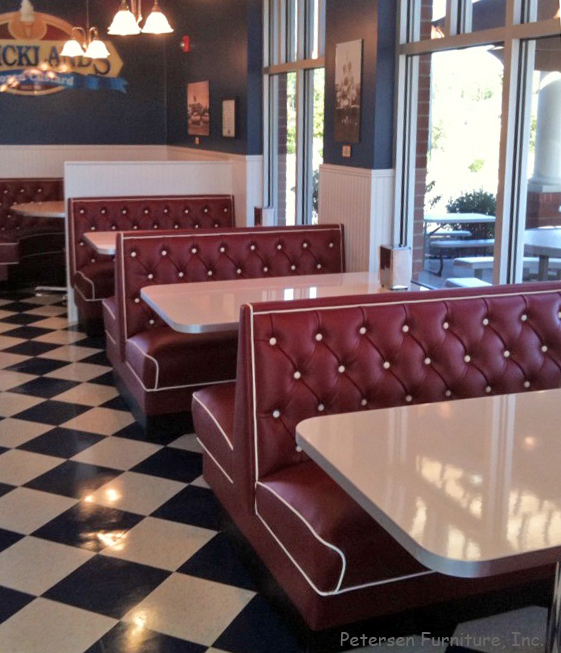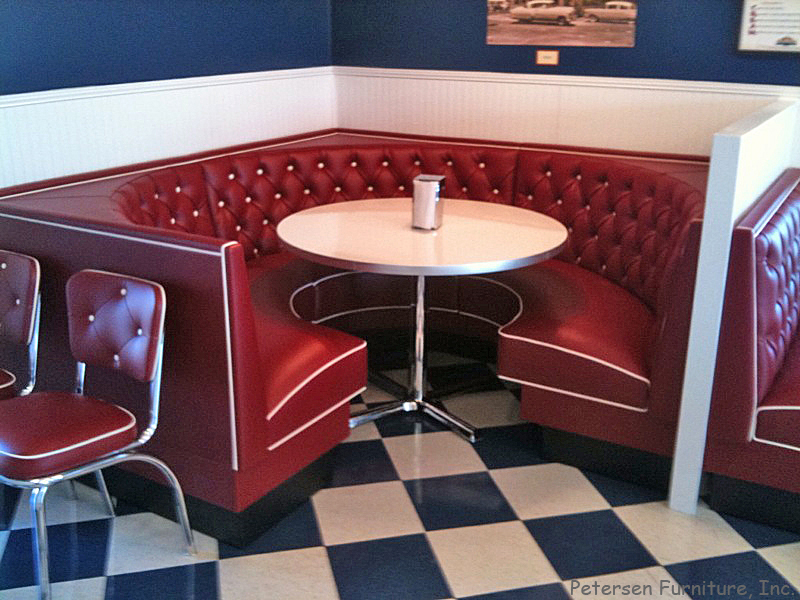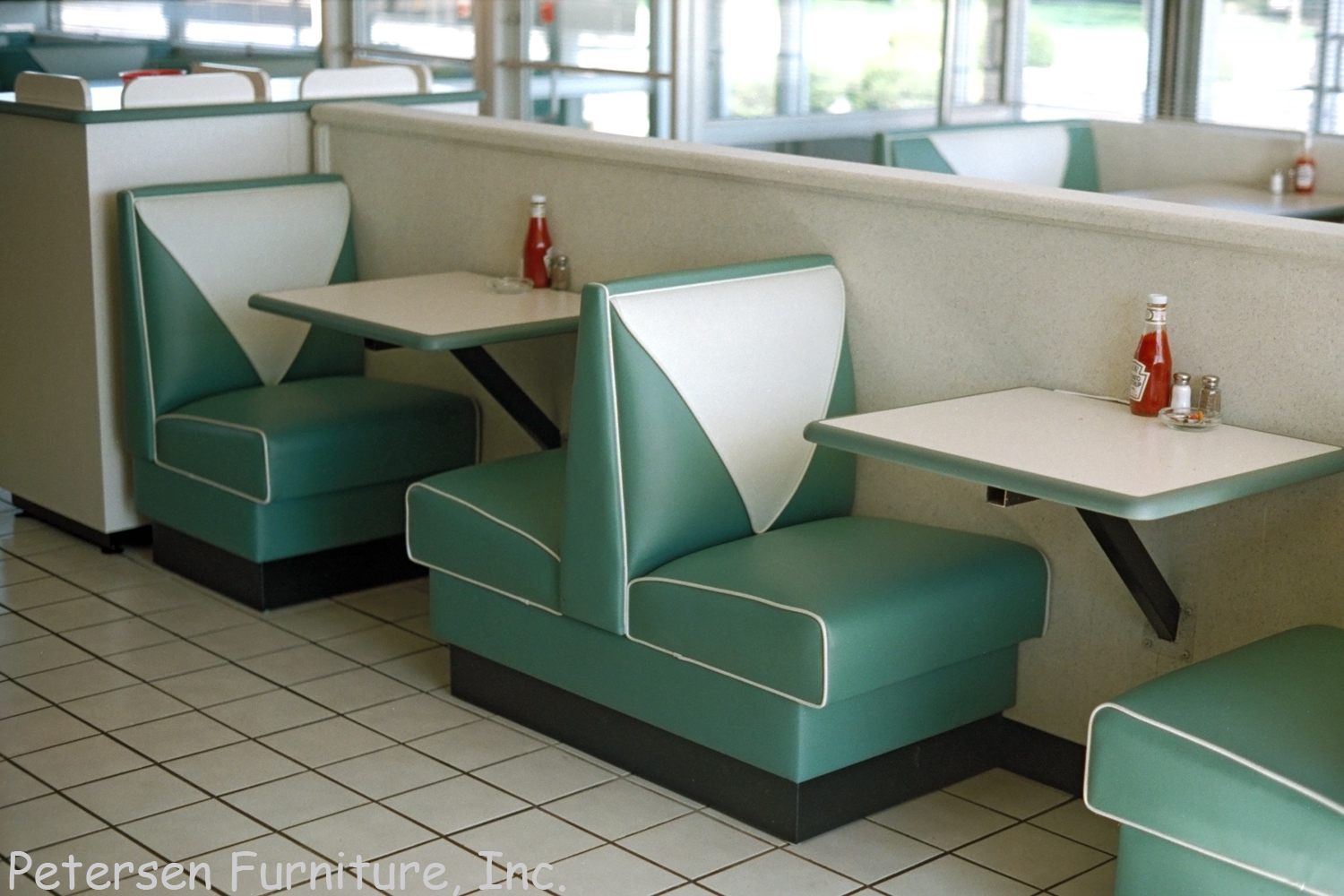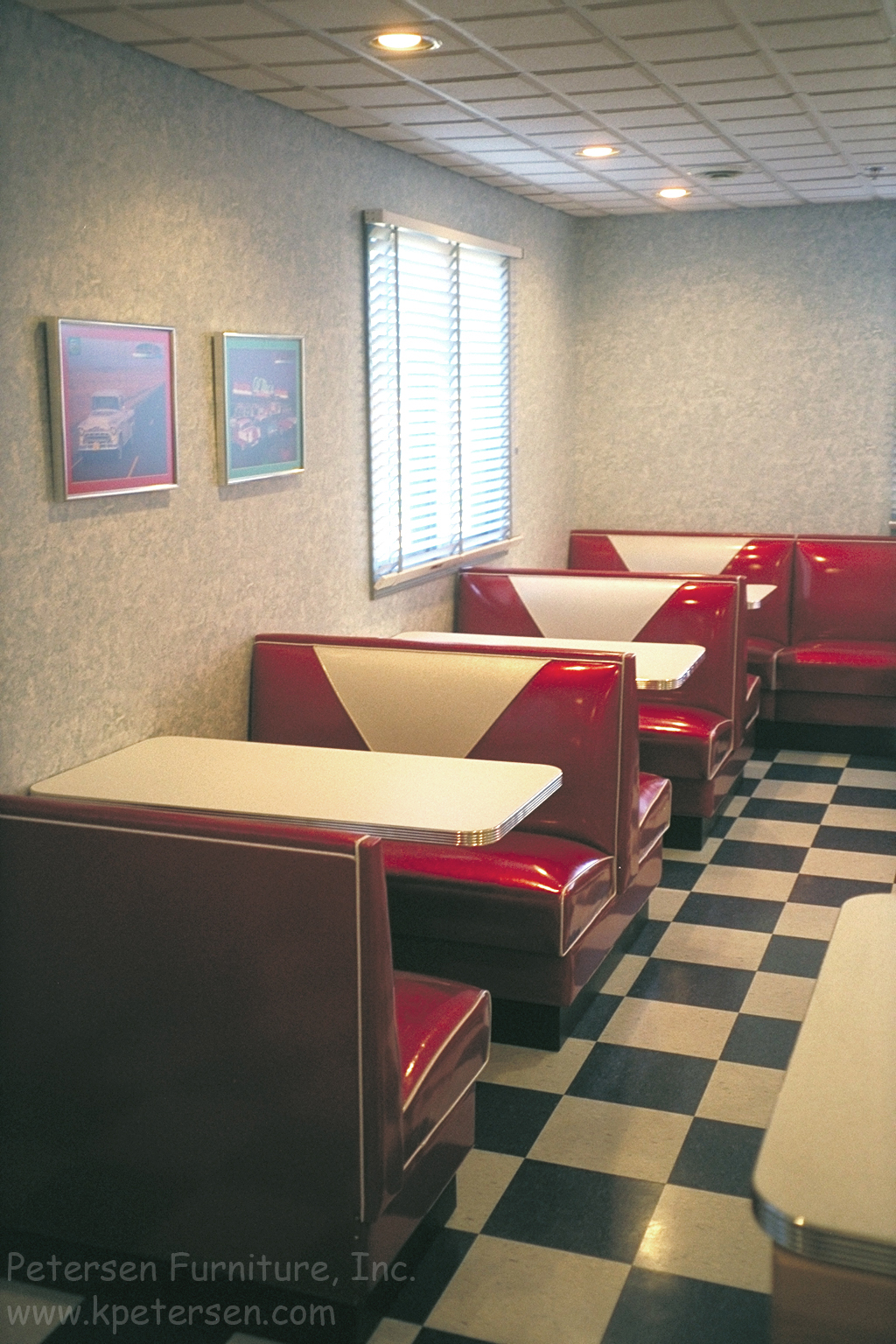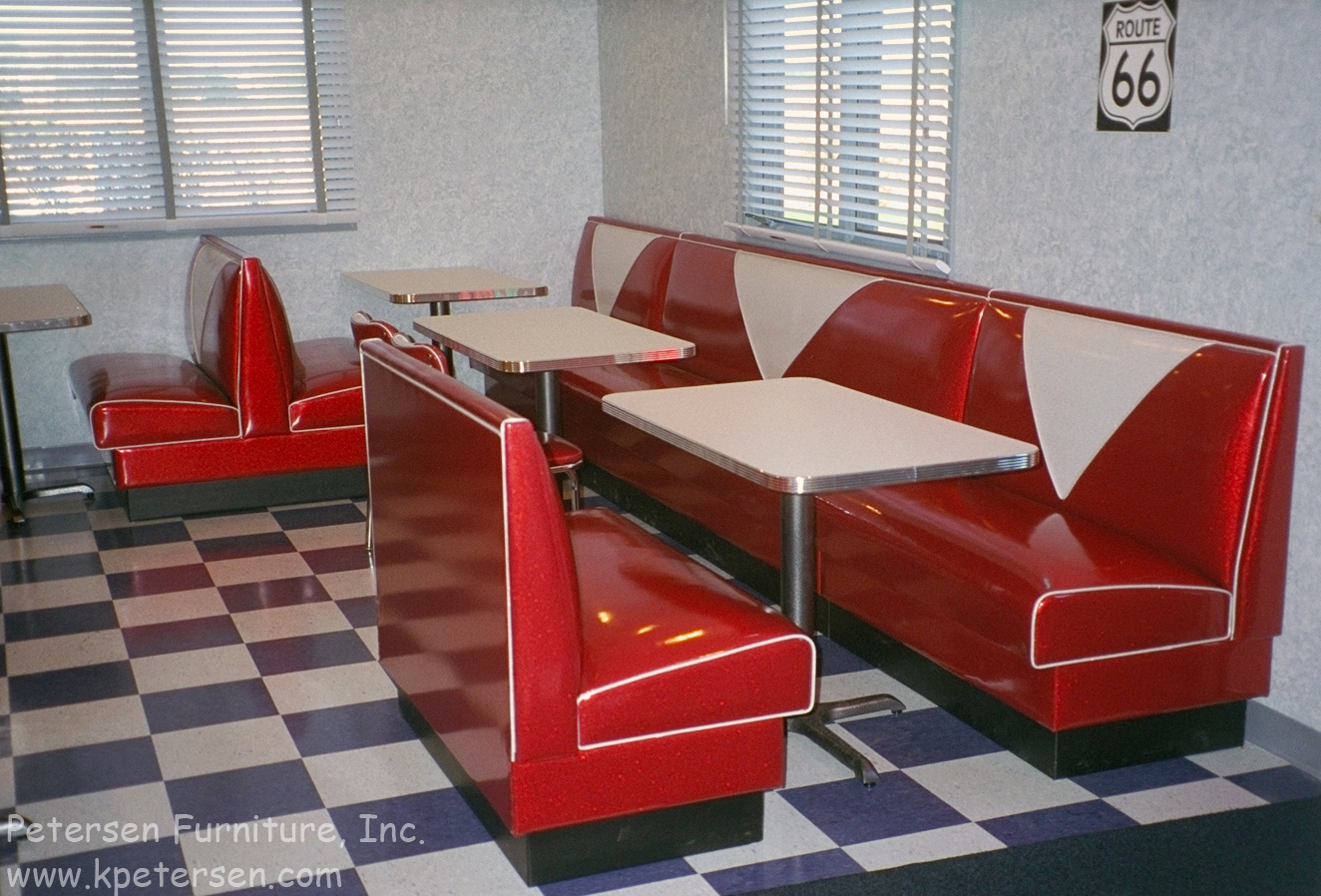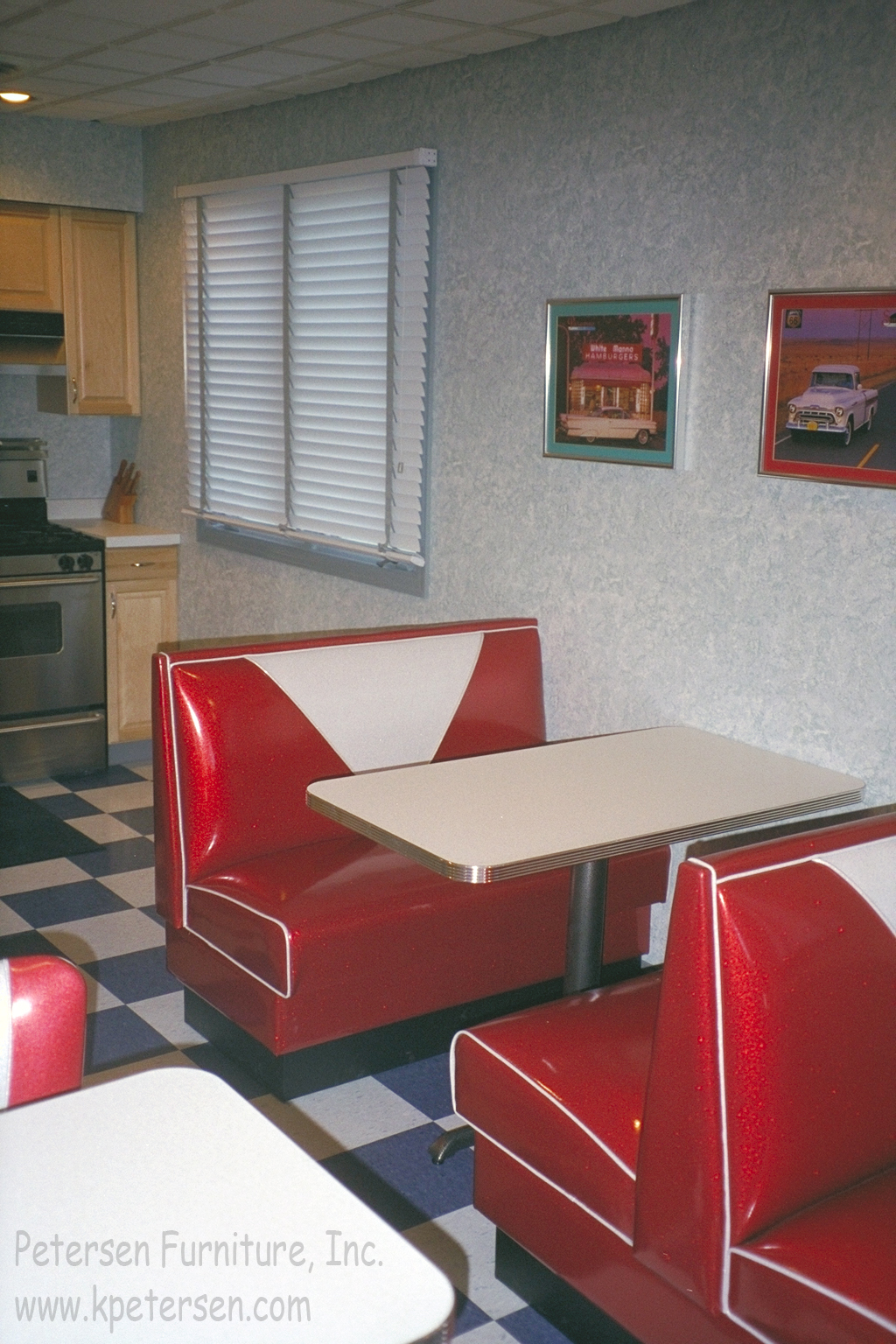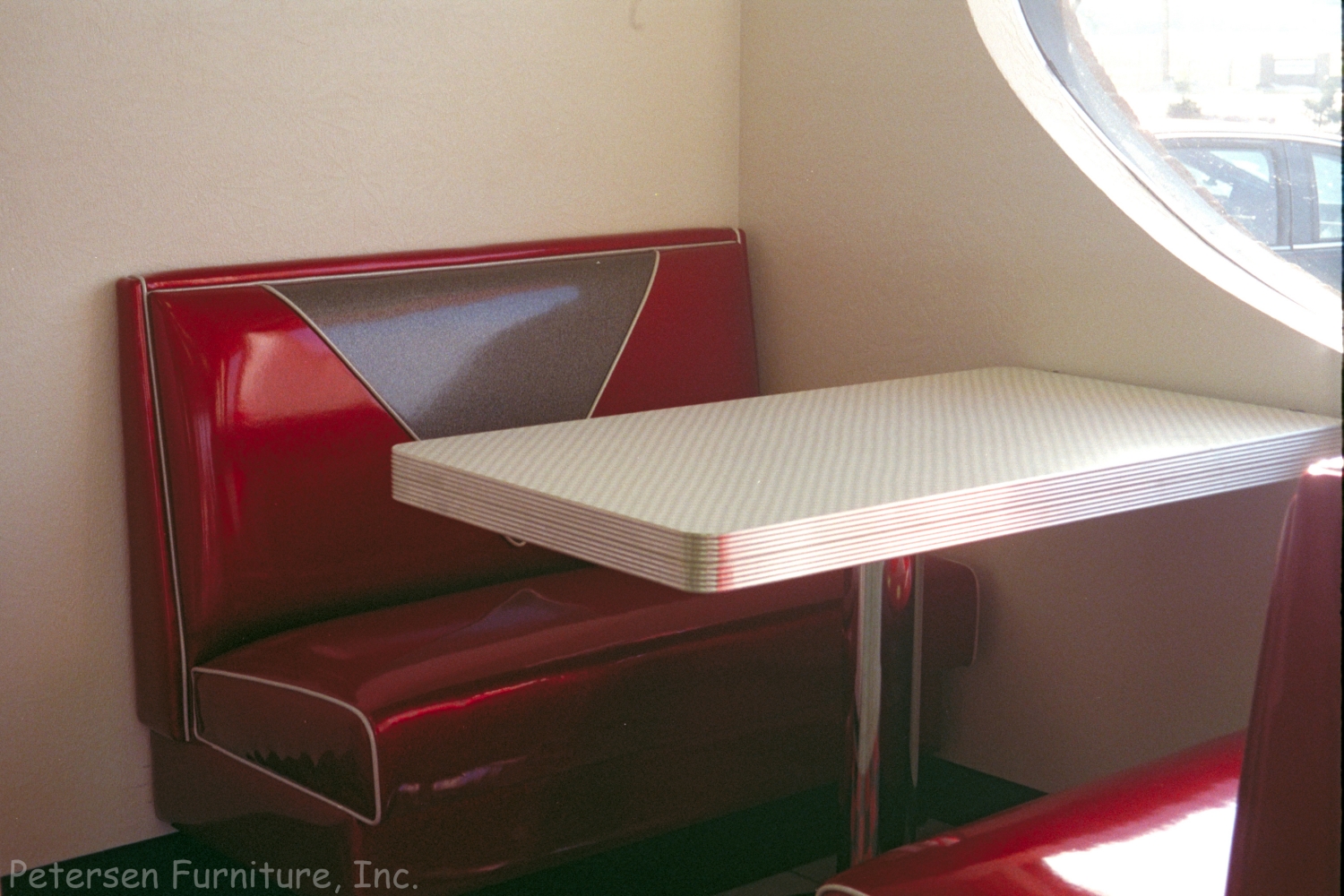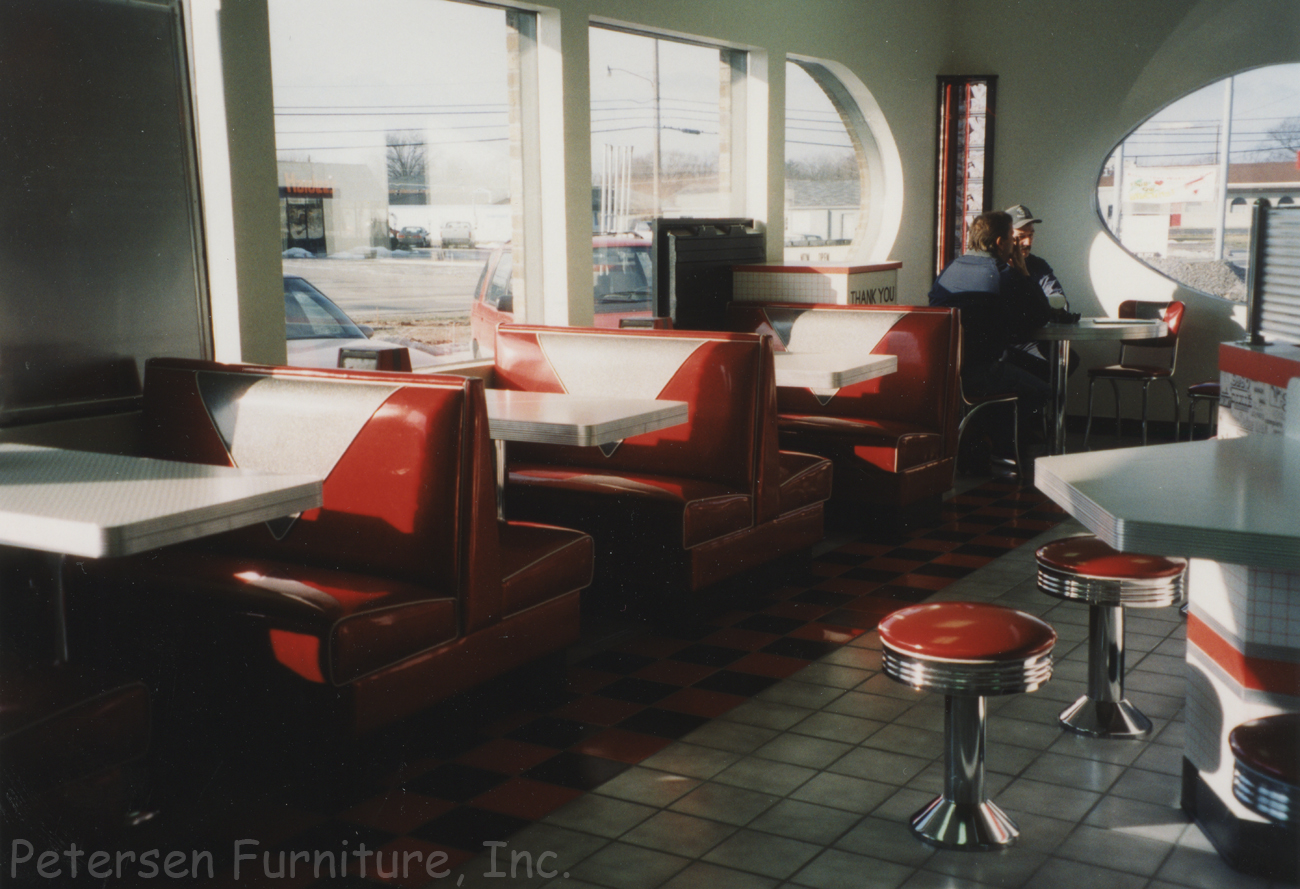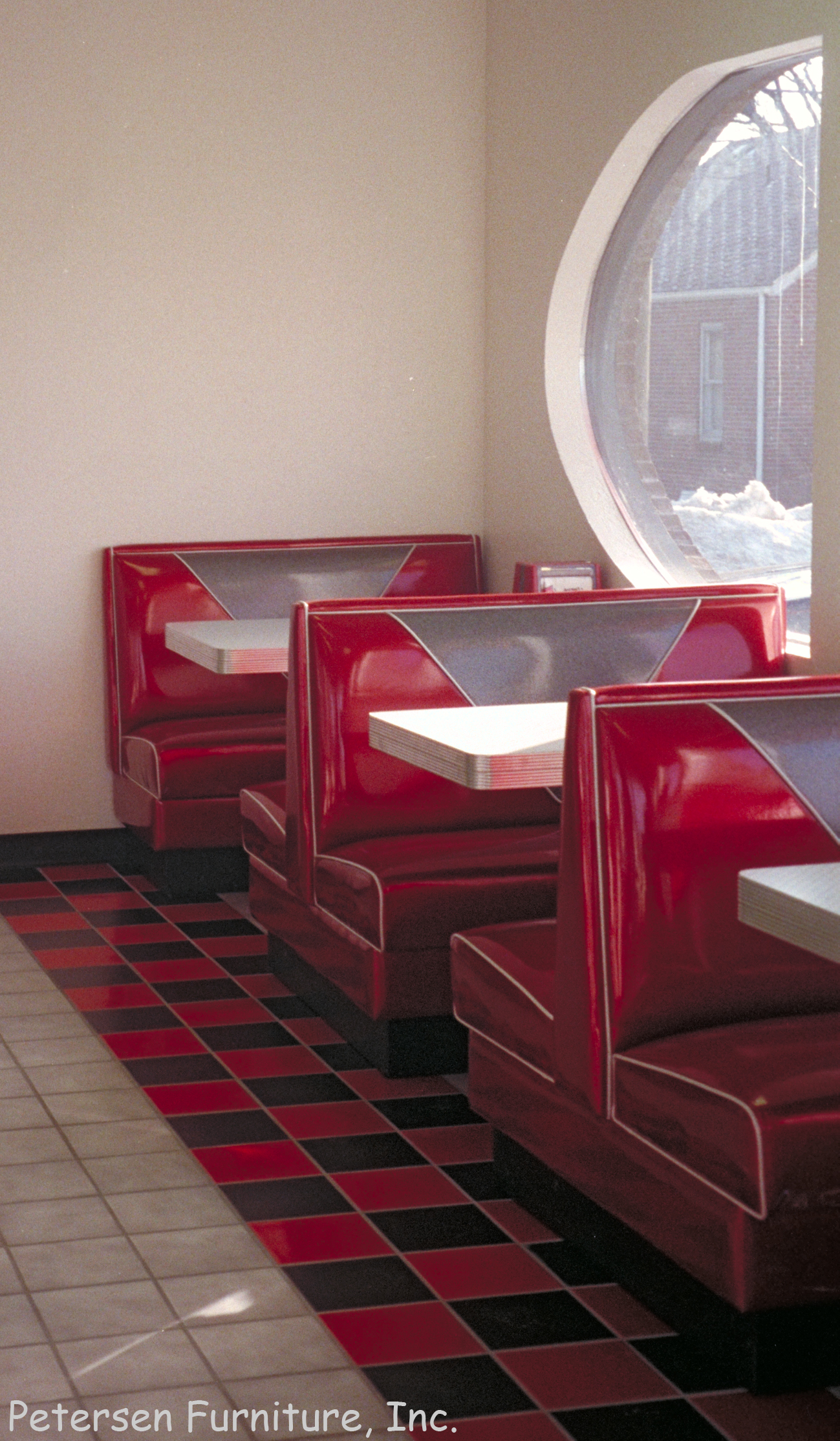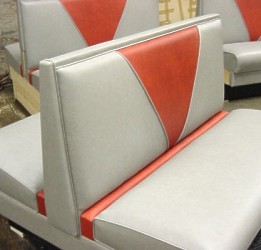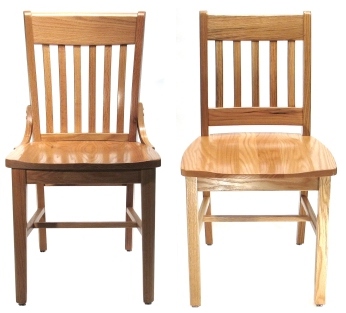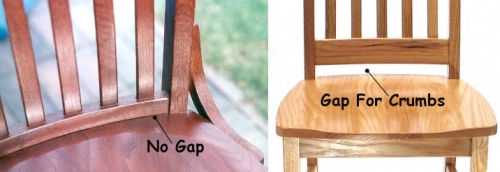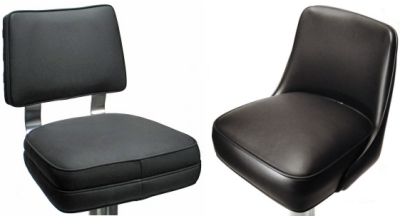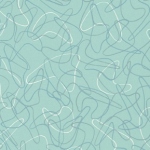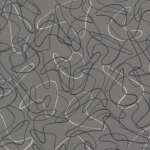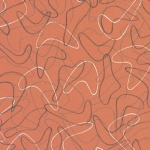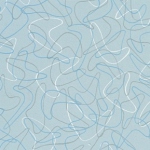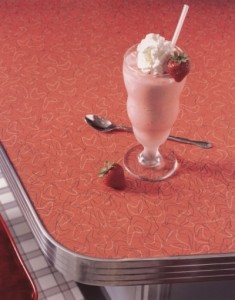Archive for the ‘Restaurant Dining Room Design’ Category
Who’s Going To Clean That?
Sunday, January 25th, 2009Eating a meal in a restaurant is a great convenience. Usually the customer is able to select exactly what they are hungry for at a price that is reasonable or at least what they expect to pay. The added value for many restaurant patrons is that there is no going to the store to buy ingredients, no preparation, no cooking and best of all no dirty dishes or other clean up chores to do when the meal is finished. No clean up is one of the many reasons why there is no such thing as a free lunch!
Most of the heavy cleaning a restaurant needs to do is done after hours. The quick clean ups between customers does take some time though and is necessary to maintain an establishment’s reputation. A restaurant’s famous croutons, crunchy appetizers, tortilla chips or french bread are better anticipated than seen all over the furniture from the last customer’s meal.
Try to choose restaurant chairs, booths and bar stools with quick cleaning in mind.
Restaurant booth manufacturers usually offer a Crumb Rail option for most booth styles.
Some popular restaurant chair styles are easier to keep clean than others.
Restaurant furniture durability, looks and comfort are important. The way restaurant furniture products work are important too and can add or subtract from your restaurant’s reputation and profitability.
Formica Brand Boomerang Plastic Laminates
Saturday, January 24th, 2009Formica Boomerang plastic laminates are the most fun you can have with your restaurant dining room budget.
Formica re-introduced their Boomerang Plastic Laminate patterns a few years ago. Now priced like any standard pattern you can use Formica Boomerang laminates even on a budget. The curvy, colored boomerangs are the restaurant designer’s antidote for today’s gloom and doom.
Often used on table tops and counters, Formica Boomerang laminates can also be used imaginatively on restaurant cabinets, laminated plastic booth seats and fast food waste receptacles.
Visit Formica Brand Plastic Laminates Web Site www.formica.com
COLOR In Restaurant Interior Design
Sunday, January 18th, 2009Familiarity with color psychology, use and theory will help you achieve a total color effect.
Refer to the summary below for some guidance in the selection of restaurant interior surface finish colors.
Light and Cool Colors Recede
Light and cool colors can make a small space seem bigger.
Dark and Warm Colors Advance
Dark and warm colors can be used in large rooms to keep the space from feeling vast.
Bold, Primary Colors = Speed
Primary colors are appropriate for encouraging fast food turnover and in children’s areas.
Subtle Colors are Restful
Pastels can make a room feel bigger and often have a calming, peaceful effect.
Color Can Convey a Style
Color can evoke a theme or style: For example, Green for nature, pastels for Post- Modernism, red, black & white for a 1950’s diner look or gray & pink combinations for a 1930’s, 1940’s Art Deco Look.
Colors Should Relate to Climate
Warm colors feel right in colder climate restaurants, cool colors feel right in warmer climate restaurants.
Think about the feelings colors convey
and what colors can do and say.
RED
Red suggests aggression, hostility, heat, stop, error, warning, danger, error, fire, lushness and passion. Red & black is a classic restaurant combination.
Some say red enhances the appetite.
GREEN
Associated with nature the pastoral and general well-being. Green also suggests envy and jealousy. Green should not be overused. Too much can affect skin tones and the appearance of some foods.
YELLOW
Yellow suggests the sun, expansiveness, happiness and high spirits. Yellow commands attention and suggests caution. It can be used successfully as a highlight.
BLUE
Blue suggests the peaceful, the sad and water. Blue is often associated with the male.
Blue is a cool color and can visually expand a room. It does not compliment most foods. Blue goes well with warm colors and materials.
BLACK
Black can have negative sociological connotations. However, black can be very stylish and and modern. Black works well as an accent with other colors.
WHITE
White suggests the virginal, the cold and the clean (think table linen).
White walls can encourage turnover and are in keeping with the bright, clean atmosphere of a fast food environment. Too much white can cause glare.
NEUTRALS
Dark browns suggest masculinity, lighter browns warmth and femininity. A neutral background allows for flexibility.
These are not “colors” but are used as such in restaurant surface decoration and products
GOLD/BRASS
Gold and brass have a warming influence and can help offset cold materials like stone or brighten dark materials like dark wood.
CHROME/STAINLESS STEEL
Chrome and stainless steel are neutral, cold, hard and clean. Polished chrome surfaces can add color and movement by reflection. Chrome and stainless steel suggest the modern style as well as antique styles like Art Deco, 1940’s and 1950’s restaurant interiors.
Basic restaurant interior design guidelines and still more things for you to think about….
Sunday, January 18th, 2009- Dining Room
Because this is the restaurant’s revenue producing area it takes up the largest amount of the total space. For restaurants with greeting or waiting areas…this area, by necessity, is usually near the entry but it should be far enough away from the door and large enough so that waiting customers do not block traffic entering and leaving the restaurant. Back ups in the waiting area can make the restaurant appear to be more crowded than it really may be. Waiting areas should be comfortable but not so much so that it becomes difficult to move customers to their tables.
* See Upholstered Waiting Benches
* See Laminated Plastic Waiting BenchesRooms with a regular layout of tables and booths neatly lined up in rows seem formal. Tables that are randomly spaced throughout the room with different sizes and types of seating mixed in lead to a feeling of informality and creates a visually interesting restaurant. Having the right combination of sizes of tables in a restaurant can decrease wait time for customers and can maximize seating capacity and profit.
People tend to be attracted to curved forms. Asymmetrical booths, bars, counters and table shapes encourage interaction between guests with face to face seating. However, curved walls as well as any space dividers should be well thought out so as to create a sense of larger space…the fewer restrictions to movement the larger the space feels.
* See Undulating form restaurant booth
Spatial arrangements should always be orderly, guiding people in logical progression from area to area.
The layout of the dining room and the furnishings control how efficiently the restaurant dining room operates. How smoothly things run affects the customer’s experience and a future decision to return. Fast and professional service requires efficient traffic flow in a restaurant. - Interior Design, Decor, Furnishings
The customer views the restaurant’s appearance as part of the value equation that determines where he decides to go and whether or not he will return for other visits.It is important to identify the cultural and/or ethnic background of the target market.
Is the target market urban, suburban or rural? Will the customer prefer wide open spaces or a crowded, cozy atmosphere?Depending on your type of business you will want your customers to stay for different lengths of time.
In fast food dining rooms primary colors and bright lighting can be used to emphasize identity and to create an upbeat, high energy image. Some degree of uncomfortable tactile experiences like smooth, hard surfaces can be appropriate for fast food too. These elements also facilitate turnover and easy maintenance. However, in a fine dining establishment or where liquor is served the comfort of your seating must correspond with the length of time you want your customers to stay. - Menu
The cost of the meal carries with it expectations about the overall dining experience including a room’s appearance and comfort. Conversely, the overall appearance of the restaurant can help support the menu prices.
